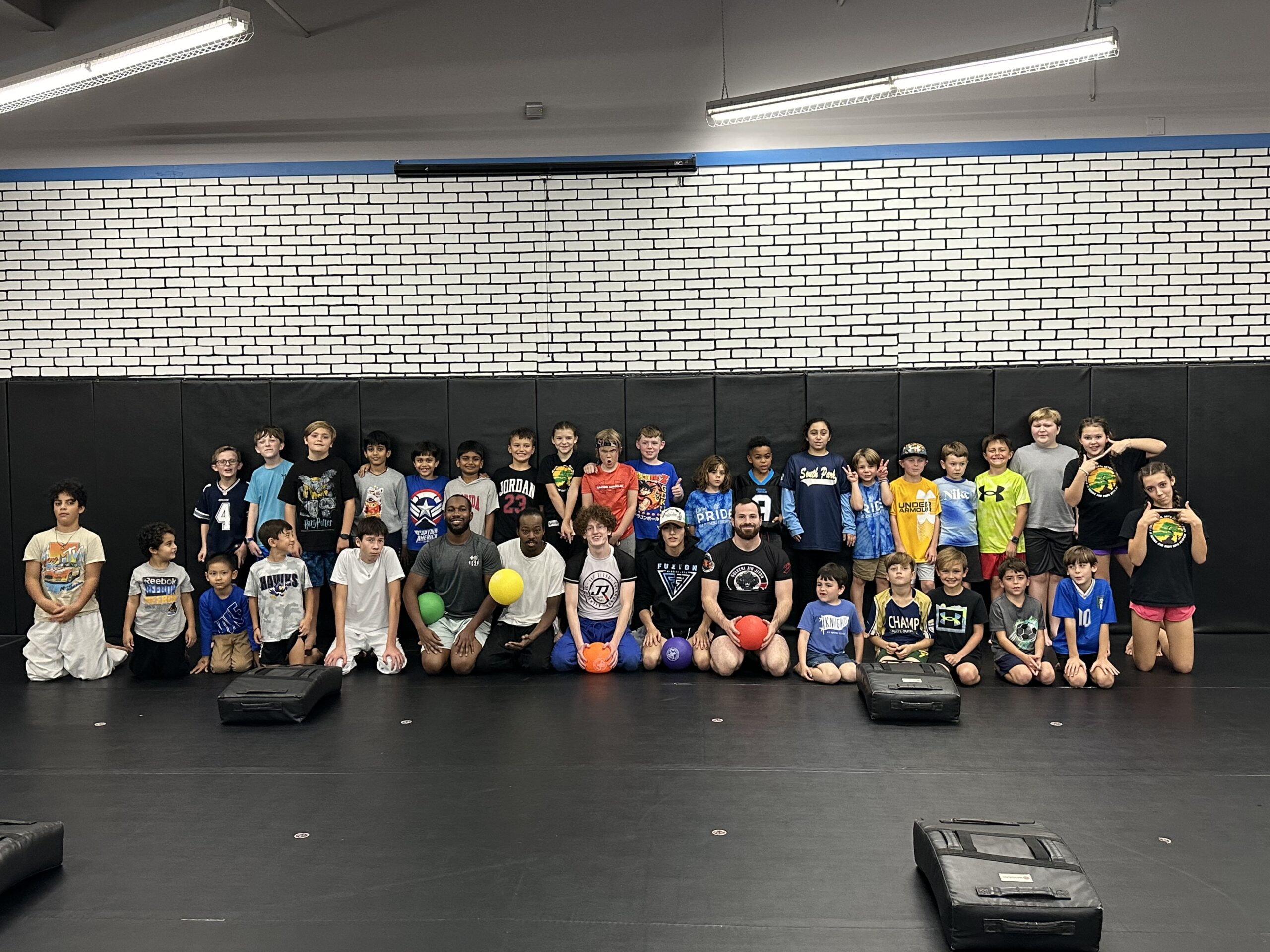
- 1
Karate is a widely recognized martial art that originated in Okinawa, Japan, and has since spread throughout the world. While many are familiar with its Japanese roots, few are aware of the hidden history and evolution of karate in America. Over the years, American karate systems have undergone significant changes and adaptations, influenced by factors such as cultural integration, technological advancements, and the rise of mixed martial arts. In this blog, we will delve into the untold story of how karate has evolved in America and the impact it has had on the broader martial arts landscape. Join us as we uncover the hidden roots of American karate systems and explore the fascinating journey of its evolution.
The origins of American Karate systems
To fully grasp the evolution of American karate systems, it is crucial to understand their origins. In the early 20th century, a wave of Japanese immigrants arrived in the United States, bringing with them their knowledge of karate. These immigrants established martial arts schools and introduced karate to the American public.
During this time, various karate styles were taught in America, including Shotokan, Goju-Ryu, and Shito-Ryu. These traditional styles laid the foundation for American karate and provided students with a solid understanding of the fundamentals.
However, as time went on, American karate systems began to undergo significant transformations. Influenced by the cultural integration of diverse communities and the desire to create a unique identity, American martial artists started to blend traditional karate techniques with elements from other martial arts disciplines.
The emergence of mixed martial arts in the 1990s also played a pivotal role in shaping American karate systems. The introduction of different fighting styles in the octagon brought about a new era of martial arts training, focused on practicality and effectiveness.
Today, American karate systems continue to evolve, with practitioners incorporating elements of boxing, kickboxing, Brazilian Jiu-Jitsu, and other combat sports. These cross-training practices enhance the skills and versatility of martial artists, creating a dynamic and adaptable approach to karate.
The evolution of American Karate techniques
In the ever-evolving landscape of American karate, one cannot overlook the significant transformations that have taken place in the techniques practiced. As American martial artists sought to create a unique identity and adapt to a changing society, they began incorporating elements from other martial arts disciplines into their karate training.
One notable evolution has been the integration of boxing techniques into American karate. The fast and powerful punches of boxing provide practitioners with effective striking techniques that complement traditional karate strikes. This blending of styles not only enhances the offensive capabilities of karate practitioners but also adds a layer of unpredictability to their attacks.
Additionally, the influence of kickboxing cannot be ignored when discussing the evolution of American karate techniques. The emphasis on kicks and footwork in kickboxing has been fused with traditional karate kicks to create a more dynamic and versatile kicking arsenal.
Furthermore, the grappling and ground-fighting techniques of Brazilian Jiu-Jitsu have found their way into American karate systems. The incorporation of these techniques enhances the overall self-defense capabilities of practitioners, allowing them to effectively defend themselves in close-quarters combat situations.
Influences on American Karate systems
When examining the influences on American karate systems, it becomes evident that the evolution of these techniques has not occurred in isolation. Various martial arts disciplines and cultural influences have shaped American karate into the dynamic and diverse martial art it is today.
One significant influence on American karate systems is the traditional Japanese martial art, Judo. Judo’s emphasis on grappling techniques and throws has greatly impacted American karate’s approach to close-quarters combat. By incorporating Judo techniques, American karate practitioners have expanded their repertoire and improved their ability to engage in ground-fighting scenarios.
Another prominent influence on American karate is the Korean martial art, Taekwondo. Known for its high-flying kicks and impressive acrobatics, Taekwondo has played a crucial role in the development of American karate’s kicking techniques. By incorporating Taekwondo’s dynamic kicks and agility training, American karate practitioners have elevated their abilities to deliver powerful and visually stunning kicks.
The influence of other martial arts such as Muay Thai and Kung Fu cannot be overlooked. Muay Thai’s focus on devastating strikes using various parts of the body, and Kung Fu’s emphasis on fluid and intricate movements have also left their mark on American karate techniques. By integrating these elements, American karate practitioners have further diversified their striking techniques and improved their overall combative effectiveness.
Notable figures in the development of American Karate
As we continue our exploration of the evolution of American karate systems, it is important to acknowledge the significant role played by notable figures who have contributed to its development. These individuals have not only shaped the techniques and training methods but have also pioneered new approaches to teaching and promoting American karate.
One such figure is Grandmaster Robert A. Trias, who is often referred to as the “Father of American Karate.” In the late 1940s, Grandmaster Trias established the first karate dojo in the United States, introducing the art to a wider audience. His dedication to spreading karate led to the formation of the United States Karate Association (USKA), which became a driving force for the development and standardization of American karate.
Another key figure in American karate is Grandmaster Ed Parker. Known for his contributions to the art of Kenpo karate, Grandmaster Parker’s innovative teaching methods and focus on practical self-defense techniques had a profound impact on American karate. His efforts in organizing the first International Karate Championships helped to further popularize the sport and inspire a generation of practitioners.
Additionally, the contributions of Grandmaster Chuck Norris should not go unnoticed. A renowned martial artist and film actor, Norris played a significant role in bringing public attention to American karate through his successful career. His dedication to martial arts and his efforts in promoting American karate as a competitive sport have undoubtedly influenced the growth and recognition of the discipline.
These notable figures, among many others, have not only advanced American karate technologically and philosophically but have also inspired countless individuals to pursue their own journeys in the martial arts. Their legacies continue to shape and guide the development of American karate to this day.
Differences between American Karate systems and traditional Karate
When exploring the evolution of American karate systems, it is crucial to understand the differences between these systems and their traditional counterparts. While traditional karate originates from Okinawa and Japan, American karate has developed its own unique identity over the years.
One prominent difference lies in the emphasis on competition within American karate systems. Unlike traditional karate, which focuses more on self-defense and personal development, American karate places a significant emphasis on sport and competition. This shift in focus has led to the development of specific training methods and techniques that cater to the competitive aspect of the art.
Another distinction can be found in the incorporation of other martial arts disciplines into American karate systems. Many American karate practitioners have integrated techniques and concepts from other arts such as boxing, kickboxing, Brazilian Jiu-Jitsu, and wrestling. This blending of styles has resulted in a hybrid form of karate that combines various elements to create a distinctly American approach.
Additionally, the teaching methods employed in American karate systems often prioritize efficiency and practicality. Techniques are streamlined and adapted for real-life scenarios, with an emphasis on quick execution and effectiveness. This differs from traditional karate, which may incorporate more complex and stylized movements.
While these differences have caused some debate within the martial arts community, they highlight the dynamic nature of American karate systems. The influences from various martial arts, the focus on competition, and the practicality of techniques all contribute to the unique evolution of American karate.
The impact and future of American Karate systems
As we conclude our exploration of the evolution of American karate systems, it is evident that these martial arts forms have made a significant impact on the broader world of martial arts. The fusion of different styles and disciplines, the emphasis on competition, and the practicality of techniques have all contributed to the unique development of American karate.
The incorporation of other martial arts forms into American karate has not only enriched the practice but also encouraged cross-training and collaboration between different disciplines. This blending of styles has widened the horizon of possibilities within karate, resulting in a more versatile and adaptable form of self-defense.
The emphasis on competition has brought American karate into the mainstream, with many practitioners excelling in national and international tournaments. This exposure has allowed the art to continually evolve and refine its techniques, attracting new generations of students eager to explore the world of martial arts.
Looking towards the future, American karate systems are likely to continue evolving as new influences emerge and practitioners seek innovative ways to further develop their skills. As the boundaries between traditional and modern karate blur, there is immense potential for the art to adapt and grow.
The evolution of American karate systems has been marked by the blending of different martial arts forms, the focus on competition, and the practicality of techniques. These factors have shaped a unique approach to karate, one that continues to inspire and captivate martial artists worldwide. As the journey of American karate unfolds, we eagerly await the next chapter in its ever-evolving story.
